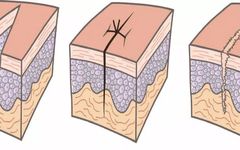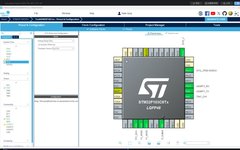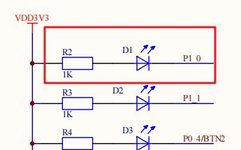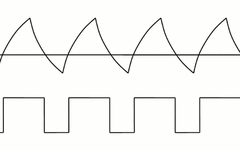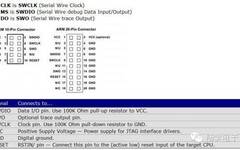What to Consider for Children with Vitiligo Undergoing SWD Skin Grafting in Switzerland
SWD skin grafting has been a traditional treatment method for vitiligo with over 30 years of clinical application! This procedure is recognized by both doctors and patients due to its simple operation, definitive efficacy, and low complication rate! SWD skin grafting has no rejection, a high survival rate of melanocytes, and faster repigmentation. So, can … Read more


